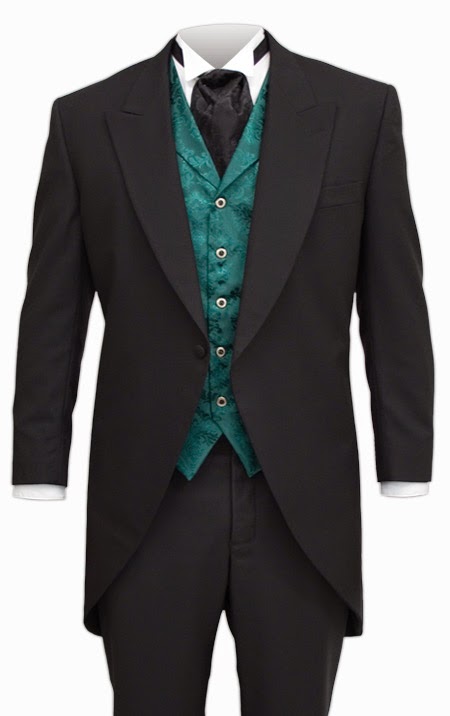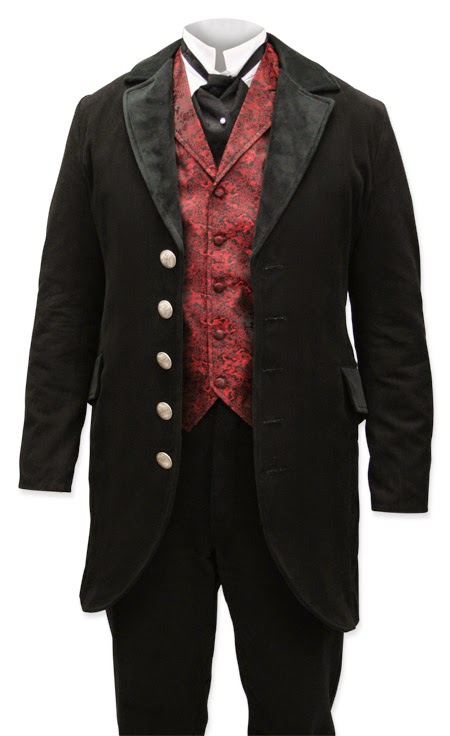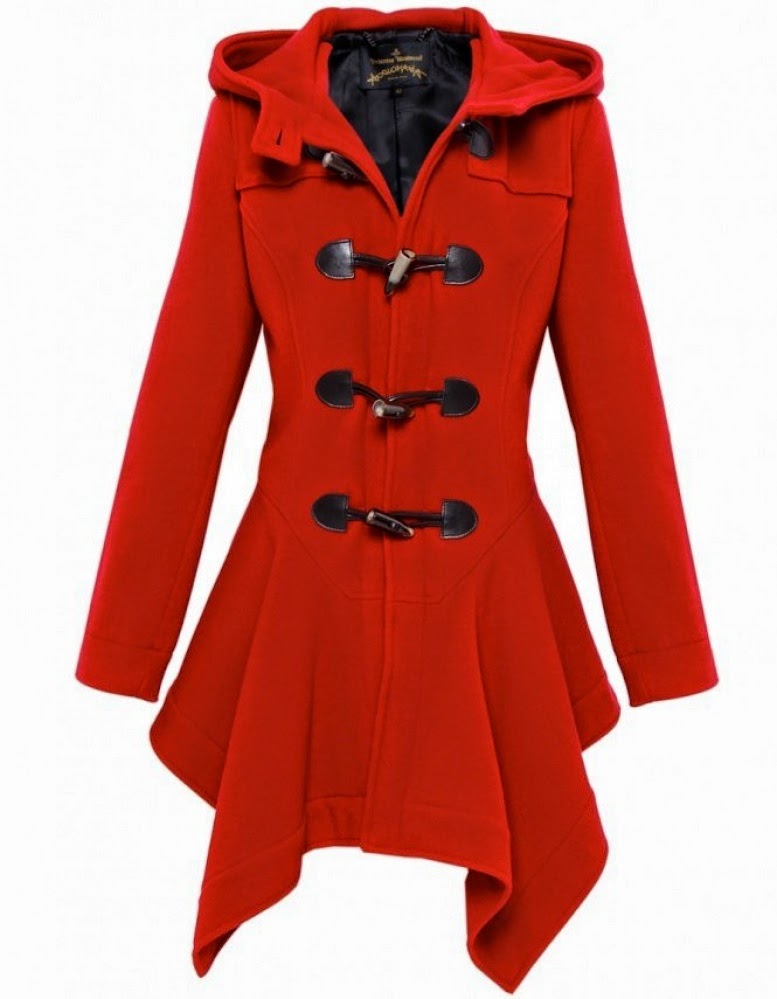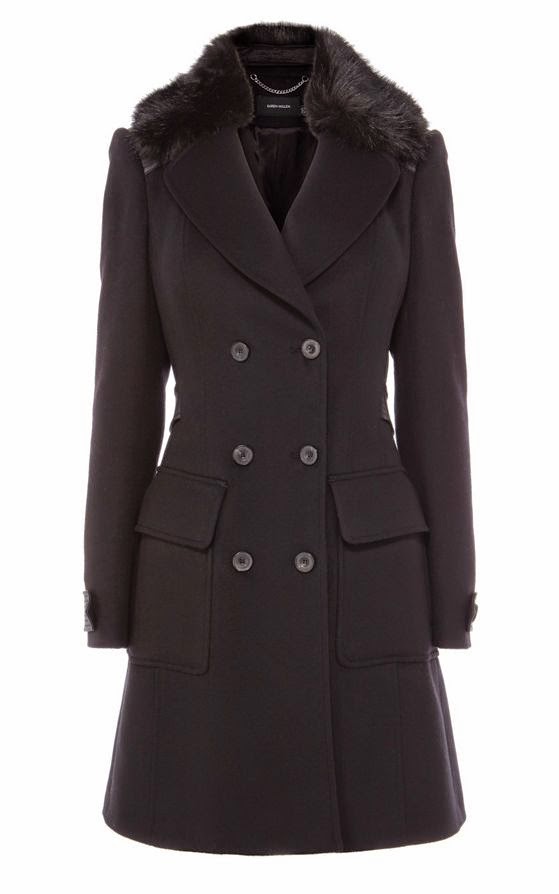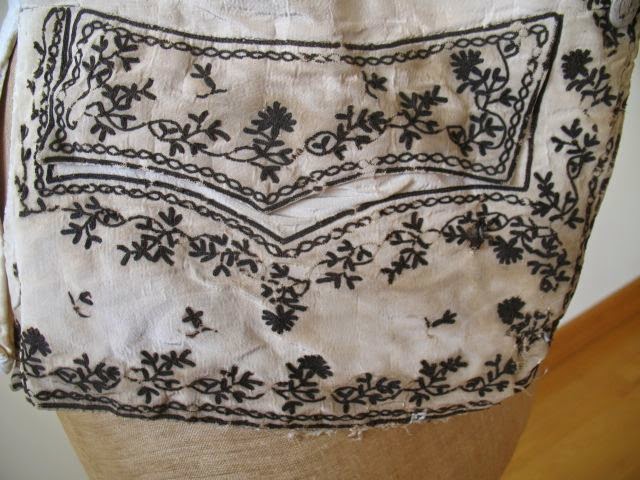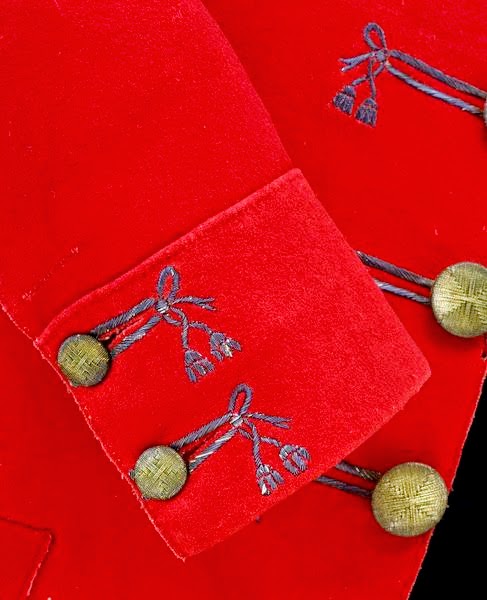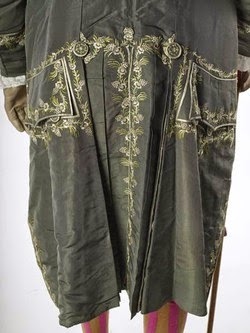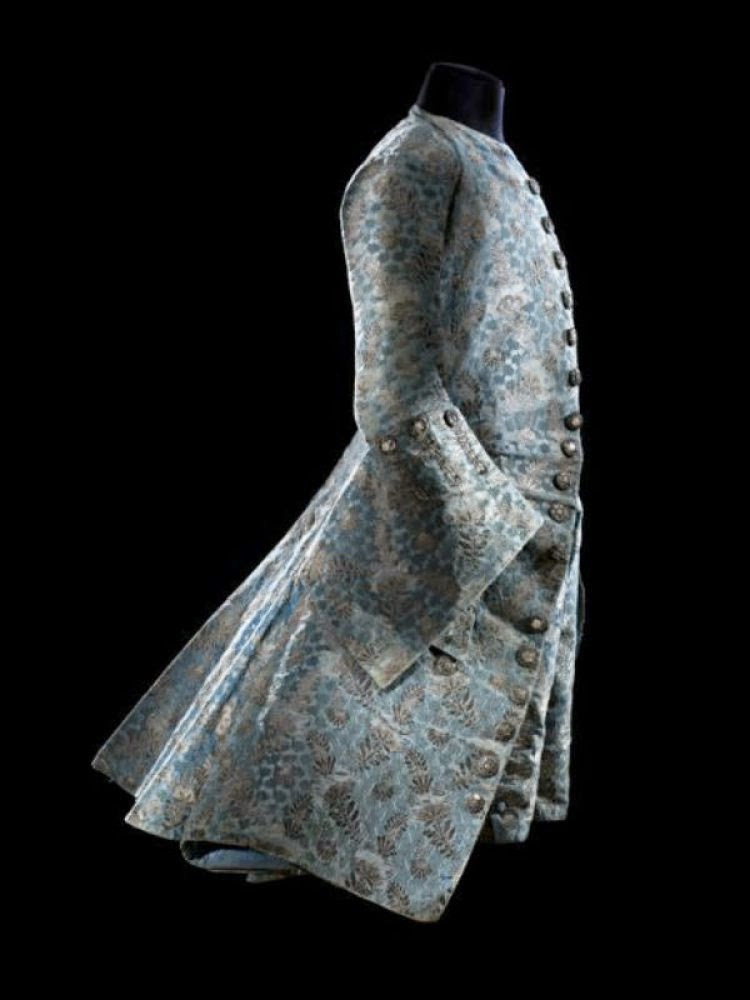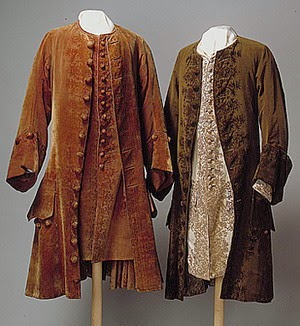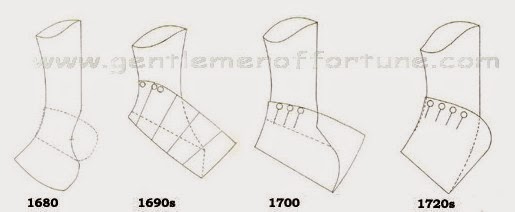 The day started with printing of the references and circling the key details I liked on each coat with notes about other features I might want to try on the stand. The key things I highlighted fabric the jacket was:-
The day started with printing of the references and circling the key details I liked on each coat with notes about other features I might want to try on the stand. The key things I highlighted fabric the jacket was:-- Peter pan collar combined with a lapel collar which could change between the two. May also try a hood, shawl collar.
- Cuff with buttons or panel at the cuff maybe in a different fabric and cord details like with Justaucorps jackets (see previous artistic.)
- Four panel back like with the Victorian coats. The panels at the back will split and become either pleats or gathered (I will try both.)
- Pockets maybe flap pockets or welt pockets maybe shaped. I will try that and others.
- I will use a shaped sleeve as see in the Victorian jacker picture.
- I'm still undecided about fastenings as the collar I go with will effect this.
- I'm considering have a plain coloured cotton fabric outside and then a light cotton lining in a print I saw from Rement Kings.


 I started using a Victorian coat pattern because the original jacket was shaped for a mans body and it did not have the paneled back details which this pattern does. I felt the time taken to adjust the pattern and making it up from scratch than using this pattern. It had far more of the elements I wanted from my jacket.
I started using a Victorian coat pattern because the original jacket was shaped for a mans body and it did not have the paneled back details which this pattern does. I felt the time taken to adjust the pattern and making it up from scratch than using this pattern. It had far more of the elements I wanted from my jacket.I managed to draft up the pattern and adjust the length and for the stand before cutting it in calico. I will start modifying the pattern on the stand tomorrow and try out the detail options I'm not sure about. I also need to extend the front because it does not close properly.



